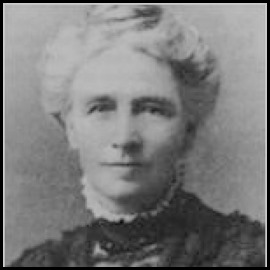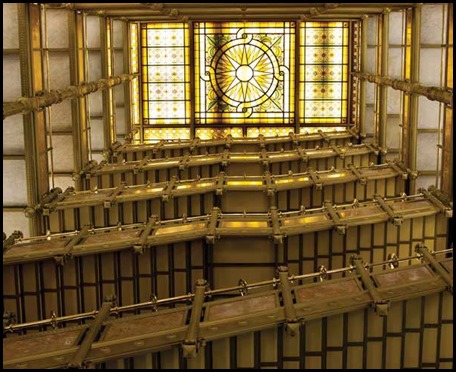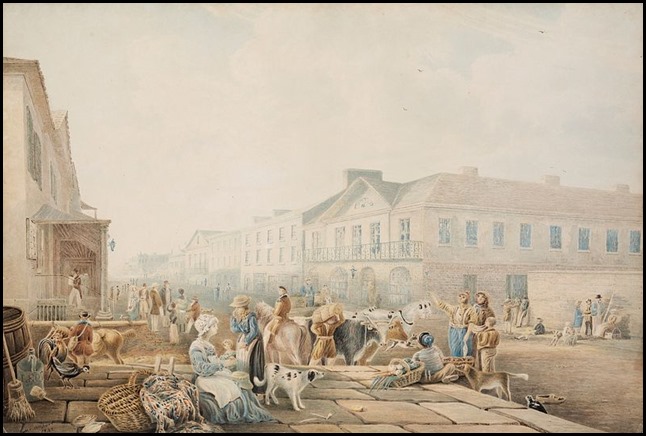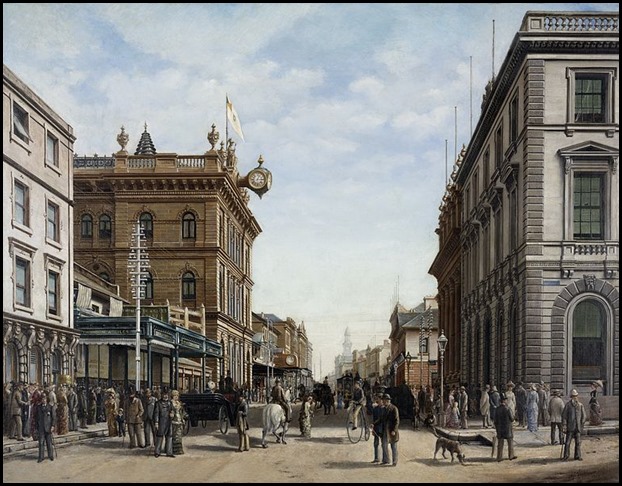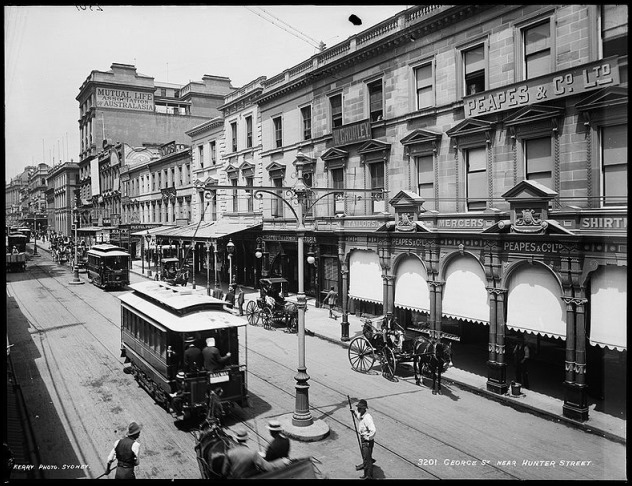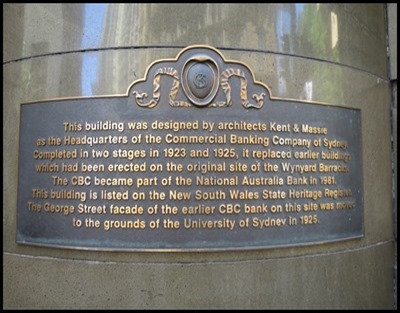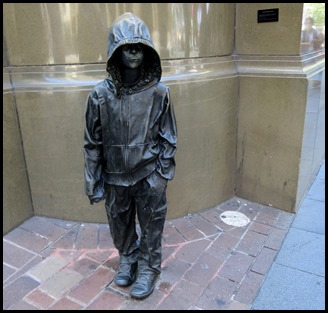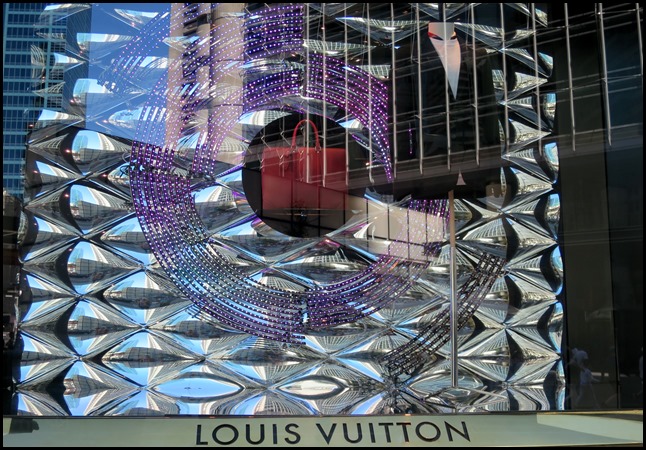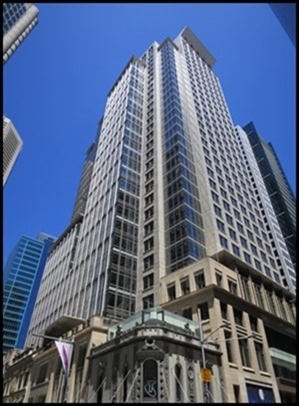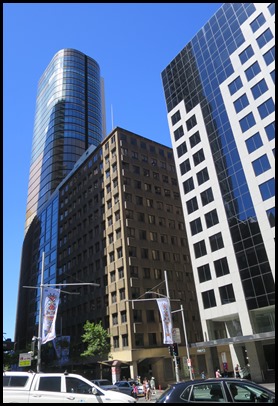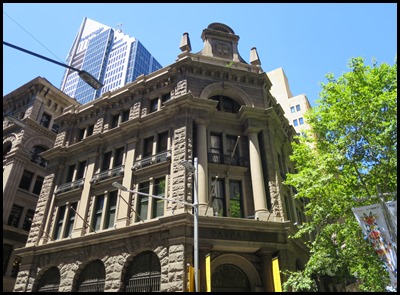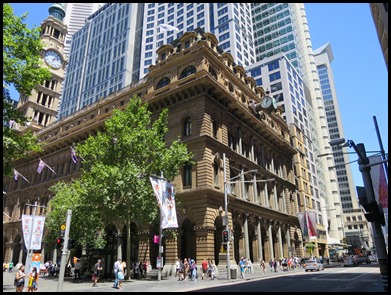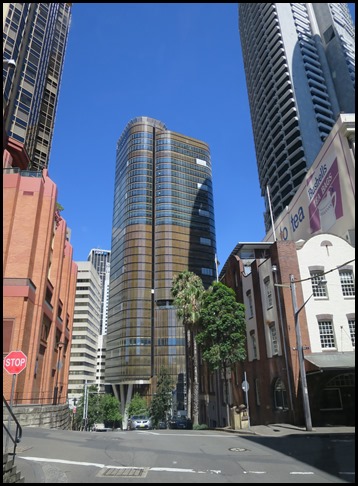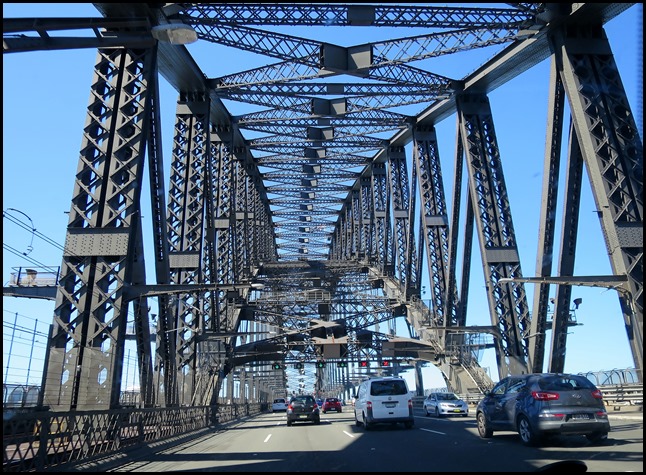George Street

|
George Street, Sydney 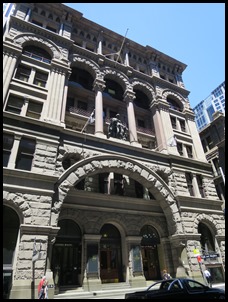  After our day off yesterday, we leapt up
this morning and went about town. We parked in an underground car park and
emerged near 350 George Street. As this was our first
historic building of the day – what could we find out.......
Built on a site that was acquired in 1890 for 96,000 pounds by the Equitable Life Assurance Society of the United States as a “site for offices”, 350 George Street has long been an integral part of the central CBD streetscape, symbolising power, wealth and prosperity. When the building was completed in 1895, Equitable Life was the wealthiest life insurance company in the world. They occupied the entire first floor of the building, with the remainder – including two impressive banking chambers – available for letting.
An early notable occupant of the building’s upper floors was the pioneer Australian feminist and advocate for female suffrage, Maybanke Wolstenholme, who ran her journal, Woman’s Voice, and the Women’s Federation League from offices within the building. In 1923, the National Mutual Life Association acquired Equitable Life, and remained headquartered there until 1977. During World War II, the original glass crown that domed the internal stairwell was dismantled (and lost), while the lower ground floor was converted into an air-raid shelter. This space later became home to the Savarin Café, which remained there until about 1953, when the northern half of the lower ground floor became home to Australia’s first Arthur Murray dance studio. In 1984, the building was comprehensively renovated for use as the headquarters of Societe-Generale Australia. During this restoration work, the leadlight ceiling in the atrium was restored; while other work required a Belgian quarry to be reopened in order to obtain marble that would match the original.
Designed by Austrian-born American architect Edward Raht, 350 George is constructed with external walls of rock-faced Bowral trachyte that create an immediate impression of strength and solidity. In contrast to this calmly dignified exterior, Raht’s poetic vision and appreciation of space is demonstrated by an interior typified by a dramatic marble-lined, semi-circular foyer, which gives way to a spectacular light-filled 30-metre atrium topped by a colourful glazed skylight. 350 George is also notable as being one of the first buildings in Australia to utilise construction techniques such as terracotta and marble slab floors supported directly on steelwork (which had been prefabricated in the USA and shipped to Australia for assembly). Its breathtaking interior is further enhanced by a grand staircase (with a Belgian marble balustrade) that provides access to six tiers of galleried corridors, which are ornately framed in silver-coated wrought steel relieved with bronze gold.
George Street in 1842, painted by Henry Curzon Allport - looking south George Street was Sydney's original high street, and remains one of the busiest streets in the city centre. It is about 3 km long, and connects a number of the city's most important buildings and precincts. The street begins in the north end of Sydney in The Rocks, near the Sydney Harbour Bridge, and extends to the southern end of the city, near Central Station and Ultimo, where it leads into Railway Square. From here Broadway is the continuation of George Street turning westwards, leading to the western suburbs as Parramatta Road.
George Street 1883, oil on canvas by Alfred Tischbauer
History: The origins of George Street lie in the layout of the Sydney Cove colony. Captain Arthur Phillip placed the convicts and marines on the rocky western slopes of the bay. A track leading from the convicts' encampment in the area of The Rocks, past the marine barracks and alongside the banks of a stream to a brick pit, located near to the present location of Central Station. This track that eventually became George Street is one of the two original thoroughfares, along with the track that became Bridge Street. It is possible that George Street was the first street in Australia. Until 1810 George Street was generally referred to as High Street in the English custom, although the northern part of the thoroughfare was also sometimes referred to as "Sergeant Major's Row" and, earlier, as "Spring Row" (since water carriers had originally established the route as a link between the Tank Stream, the Military encampment and the hospital). The Street was formally named for King George III of the United Kingdom by Governor Lachlan Macquarie in 1810.
George Street 1900.
Waiting to cross the road we looked back and saw this plaque on the corner of a building with a little statue of a boy in a hoodie below it.
Modern window dressing.
There are more high rise buildings here than on any other street in Australia. Amongst Australia's hundred largest listed companies, more are located here than on any other street.
Old buildings mix seamlessly with the new.
We went for a late lunch to the Food Court, sadly, most were closed or closing for the New Year break. We settled with Subway and enjoyed some people watching. Most amusing was a lady who works at the ‘Home of the Gourmet Wrap’ happily choosing her fillings at Subway.........
On our way back to the car we came upon Brown Bear Lane, never mind any modern name.........
We left George Street and headed for Balmoral.
Couldn’t resist another shot of Sydney Harbour Bridge.
ALL IN ALL VERY IMPRESSIVE BUILDINGS VERY BUSY MIX OF MODERN AND OLD – BUZZING |
